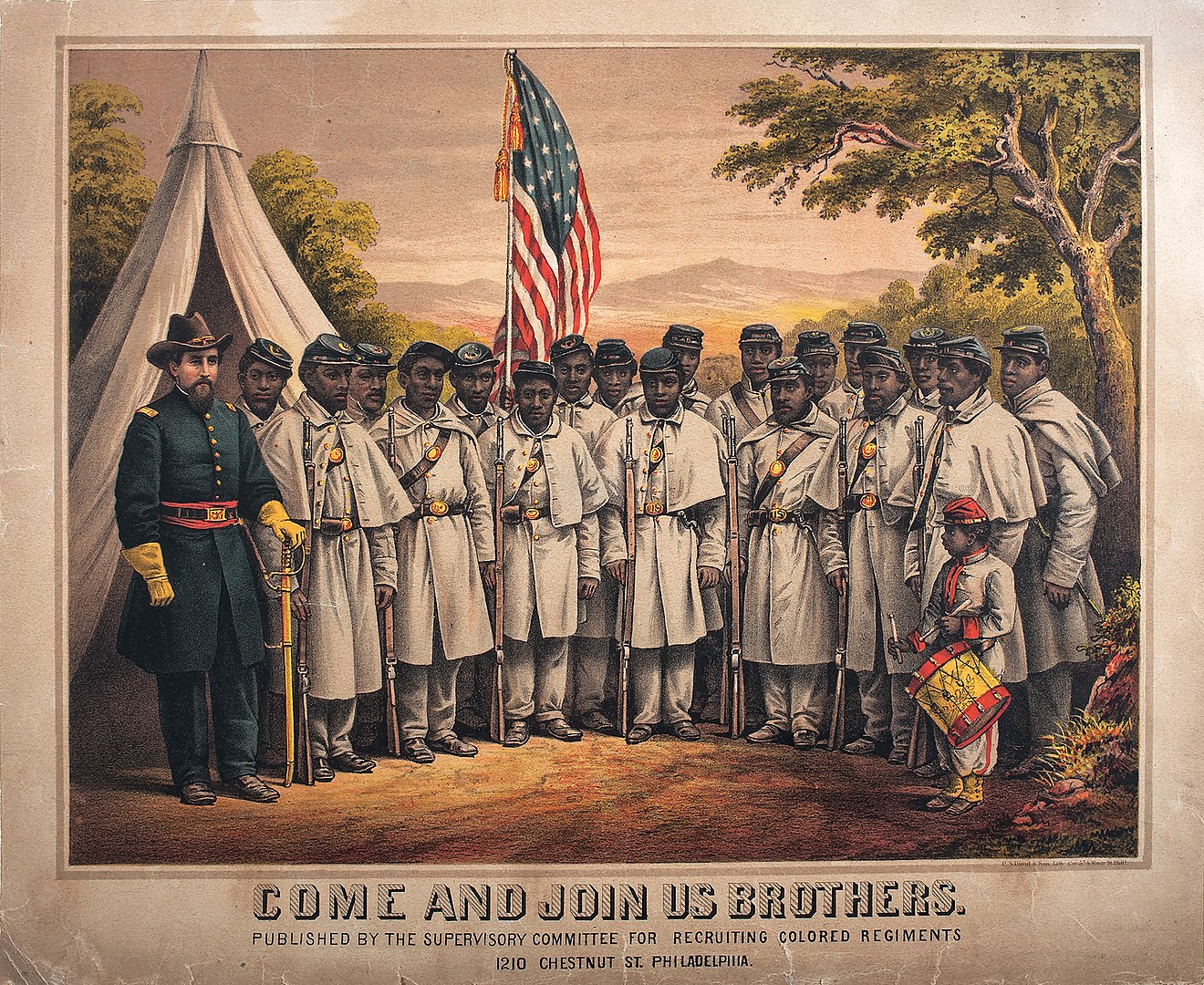Authors:
Historic Era: Era 5: Civil War and Reconstruction (1850-1877)
Historic Theme:
Subject:
Summer 2010 | Volume 60, Issue 2


Authors:
Historic Era: Era 5: Civil War and Reconstruction (1850-1877)
Historic Theme:
Subject:
Summer 2010 | Volume 60, Issue 2
The American Civil War had cost more than 620,000 lives and had nearly torn the nation apart, but by May 1865, it was finally over. To celebrate, thousands of people gathered in Washington, D.C., to express their gratitude to the military forces that had made the Union victory possible. More than 200,000 Union troops paraded through the city in this Grand Review—but only white troops participated. Even though more than 185,000 African American soldiers had served the Union cause and suffered disproportionately high casualty rates in battle, black soldiers were not invited to the Washington celebration.
Several months later, the citizens of Pennsylvania, a state that had sent 11 black regiments to the war, tried to make up for that injustice. On November 14, the city of Harrisburg hosted its own Grand Review of black troops in the Pennsylvania capital. Thomas Morris Chester, the city’s most distinguished African American, served as grand marshal.
He had served as a war correspondent for the Philadelphia Press and had reported firsthand about the roles played by black fighting men. “This land of our birth is, if possible, more endeared to us, and rendered ours more rightfully by the courage of the colored soldiers in its defense,” he wrote.
The war in which those men had defended their country arose from generations of unsuccessful efforts to deal with the nation’s most critical contradiction: the presence of slavery in a land that had declared its commitment to human freedom in the Declaration of Independence. By the mid-19th century, American slavery had become a significant part of the national economy, although it was largely concentrated in the South, where almost 4 million blacks lived in bondage. By midcentury the "Free Soil" movement had emerged from the efforts of free blacks and their white abolitionist allies in the North to prevent slavery from expanding into the western territories. The Republican Party, founded in 1854, opposed slavery’s spread, but Republicans did not fight vigorously against the institution where it already existed.

Most white Southerners interpreted Lincoln’s election as a threat to slavery, their central economic and social institution. In December 1860, South Carolina issued a proclamation of secession, quickly followed by the secessions of Mississippi, Florida, Alabama, Georgia, Louisiana, and